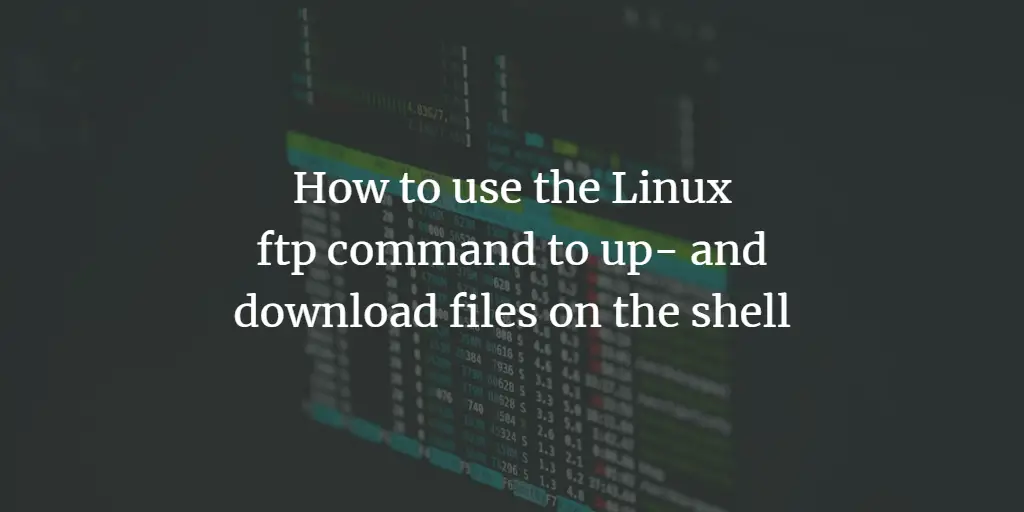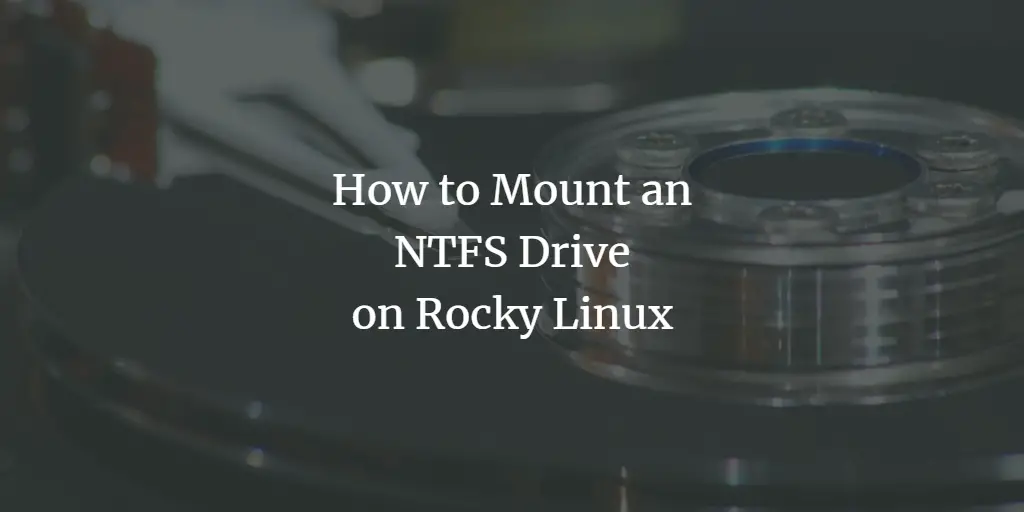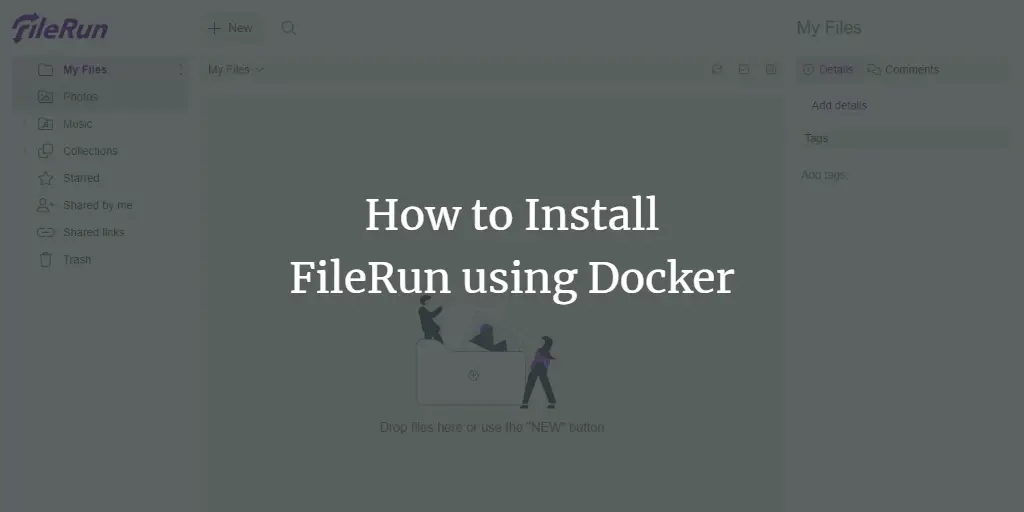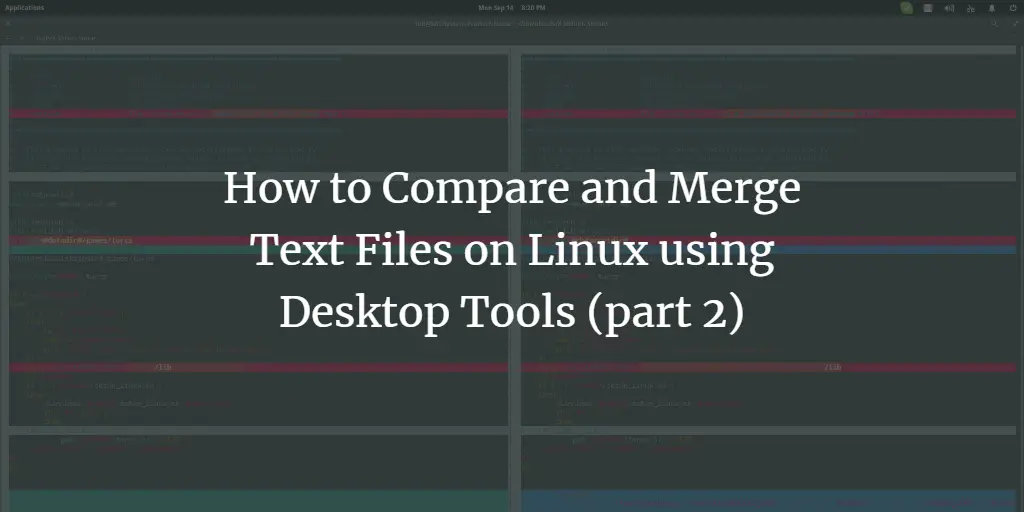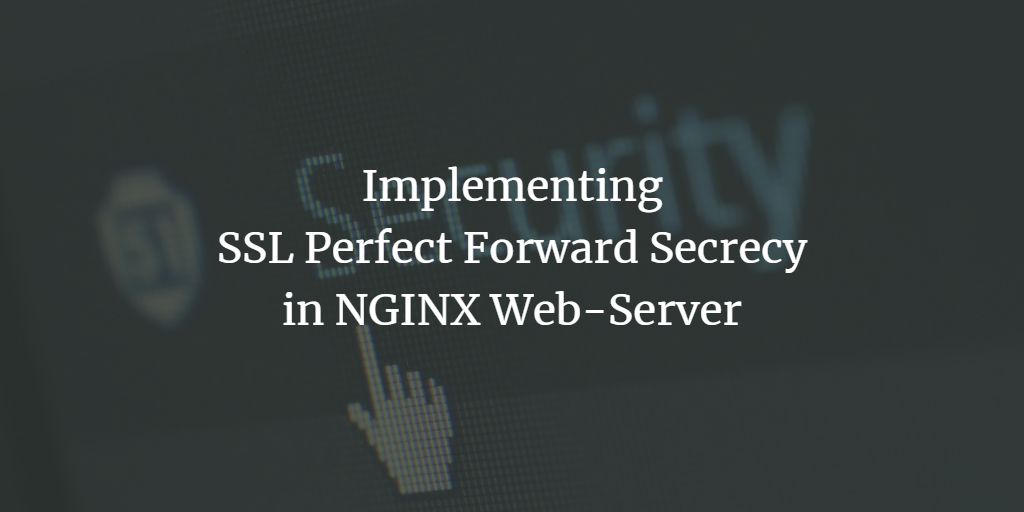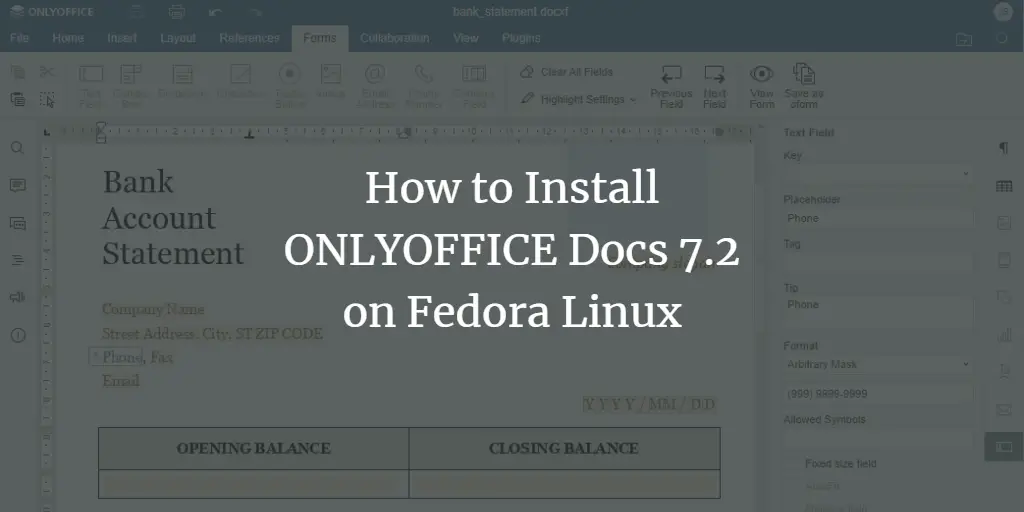Linux Tutorials on the topic “fedora”
-
Repair Linux boot failures in GRUB 2 rescue mode
Author: Gurujyot_singh • Tags: centos, debian, fedora, linux, suse, ubuntu • Comments: 38 • Updated: Aug 25, 2024GRUB 2 is a popular and flexible bootloader used in many Linux distributions. It serves as the interface between the system's firmware and the operating system, enabling users to choose which OS or kernel version to boot into. This article provides you with information on available options for repairing GRUB 2 boot issues and specific instructions on how to use the GRUB 2 terminal.
-
How to use the Linux ftp command to up- and download files on the shell
Author: David Duarte • Tags: centos, fedora, linux, opensuse, shell, suse, ubuntu • Comments: 17 • Updated: Aug 23, 2024In this tutorial, I will show you how to use the Linux ftp command on the shell. I will show you how to connect to an FTP server, up- and download files and create directories. While there are many nice desktops FTP clients available, the ftp command is still useful when you work remotely on a server over an SSH session and e.g. want to fetch a backup file from your FTP storage.
-
How to Mount an NTFS Drive on Rocky Linux
Author: David Duarte • Tags: centos, desktop, fedora, linux, server, storage • Comments: 0 • Published: Jun 28, 2024This tutorial will show you how to mount an NTFS drive in read/write mode on the RHEL-based Linux operating system Rocky Linux. NTFS-3G is a stable Open Source NTFS driver that supports reading and writing to NTFS drives on Linux and other operating systems.
-
-
How to change the Swappiness of your Linux system
Author: Bill Toulas • Tags: arch linux, centos, debian, fedora, kernel, linux, mandriva, opensuse, pclinuxos, raspbian, suse, ubuntu • Comments: 21 • Updated: Jan 26, 2024Swappiness is the kernel parameter that defines how much (and how often) your Linux kernel will copy RAM contents to swap. This parameter's default value is “60” and it can take anything from “0” to “100”. The higher the value of the swappiness parameter, the more aggressively your kernel will swap.
-
How to Install and Set Up Tor Browser on Linux
 Author: Bill Toulas •
Tags: centos, debian, desktop, fedora, linux, mandriva, opensuse, ubuntu •
Comments: 8
Author: Bill Toulas •
Tags: centos, debian, desktop, fedora, linux, mandriva, opensuse, ubuntu •
Comments: 8 Tor Browser is the official internet browser tool of the Tor Network project. This software is aimed at serving users who want to browse in full anonymity, preventing surveillance of any kind. This is achieved by bouncing your communications around a distributed network or relays, making eavesdropping very difficult, if not practically impossible.
-
How to Install FileRun using Docker
Author: Navjot Singh • Tags: centos, debian, fedora, linux, ubuntu, virtualization • Comments: 0FileRun is a self-hosted file sync- and share web-based application. In this tutorial, you will learn how to install FileRun using Docker on your Linux server. We will also configure Elasticsearch to provide full-text search support.
-
How to Compare and Merge Text Files on Linux using Desktop Tools (part 2)
Author: Bill Toulas • Tags: arch linux, centos, debian, desktop, fedora, linux, mandriva, suse, ubuntu • Comments: 3This post is a response to the overwhelming comments about Meld (and other tools) on my previous article on text files comparison and merging tools. While my intention wasn't to focus on code text only but to also present something useful to word editors and writers as well, but the coders community objected for the “shallowness” of the previous post so here we go with part 2.
-
How to search files from the Terminal on Linux
Author: Bill Toulas • Tags: centos, debian, fedora, linux, opensuse, shell, suse, ubuntu • Comments: 8While there are many ways with which we can search and locate files and directories on Linux, the easiest and quickest is probably through the terminal. However, not many Linux users know about that, which leads to unneeded frustration. Here is a quick guide that will hopefully help you locate what you're looking for in your system.
-
Implementing SSL Perfect Forward Secrecy in NGINX Web-Server
Author: cbj4074 • Tags: centos, debian, fedora, linux, nginx, security, suse, ubuntu • Comments: 7This HOW-TO describes the process of implementing Perfect Forward Secrecy with the NGINX web-server on Debian and Ubuntu systems. The process can readily be adapted to other GNU/Linux systems.
-
How to install ONLYOFFICE Docs 7.2 on Fedora Linux
Author: Daria • Tags: fedora, linux • Comments: 0ONLYOFFICE Docs is an open-source office suite distributed under GNU AGPL v3.0. It comprises collaborative editors for text documents, spreadsheets, and presentations, form creator and PDF viewer. OOXML is used as a core format.
What is Fedora?
Fedora is a community driven project and GNU/Linux distribution sponsored by Red Hat. It serves as a testing platform for both Red Hat and for the worldwide open source community as it is usually one of the very first to implement new and yet untested free software technologies. As a Linux distribution, it follows a strict development plan that doesn't allow the use of proprietary licensed software such as popular media formats codecs and closed source hardware drivers. The large community around the project though, has developed unofficial tools to overcome these problems and enjoy a modern and edgy system that is Fedora.
Why Choose Fedora?
There are many reasons to choose Fedora over any other distribution with the most important being to get a taste of the latest developments in the world of free software. All the new and pioneering technologies and features are usually found first in Fedora. The magic in this case is the way that Fedora developers manage to implement those untested technologies while keeping the system relatively stable and suitable for serious work, essentially opening the way for wider implementation of these technologies.
Another factor would be the popular GNOME Shell environment. If you are a fan of the particular desktop environment, then Fedora should be your number one choice. GNOME Shell is found to work seamlessly in Fedora with all of its features enabled and all of the stack libraries included by default. Fedora is the distribution of choice for GNOME developers anyway, so you won't get a purer and less error prone GNOME Shell experience in any other distribution.
In addition to the above, Fedora offers a plethora of advanced web administration and SSH tools, is highly optimized for virtualization with each new release offering greater abilities in that sector and finally includes very advanced security frameworks. The SELinux (Security Enhanced Linux) tool that is included and activated in Fedora by default offers extreme levels of security and thankfully can be configured to allow for daily tasks such as peer to peer connections.
Finally, Fedora always runs on the (almost) latest available Linux kernel, offering great benefits in the hardware support, speed and energy saving parts. The very frequent updates rarely cause breakages, and even when they do, things are always only a few days from getting fixed.
HowToForge and Fedora
HowToForge helps users harness the abilities of new technologies found in Fedora through detailed tutorials that analyze the full scope of the new features. We like to explore Red Hat's little gem in the aspects of both desktop configuration, and server administration. In our Fedora articles database, you will find tutorials on RAID configuration and management, encryption software, SSH tools, authentication and privacy enhancement software, setting OpenSSL, Apache and Samba servers, data recovery, MySQL support on Fedora and desktop environment customization and system upgrading guides. If all this is not enough, you can always hit our forums and seek for the help of Fedora and Red Hat Linux experts.


